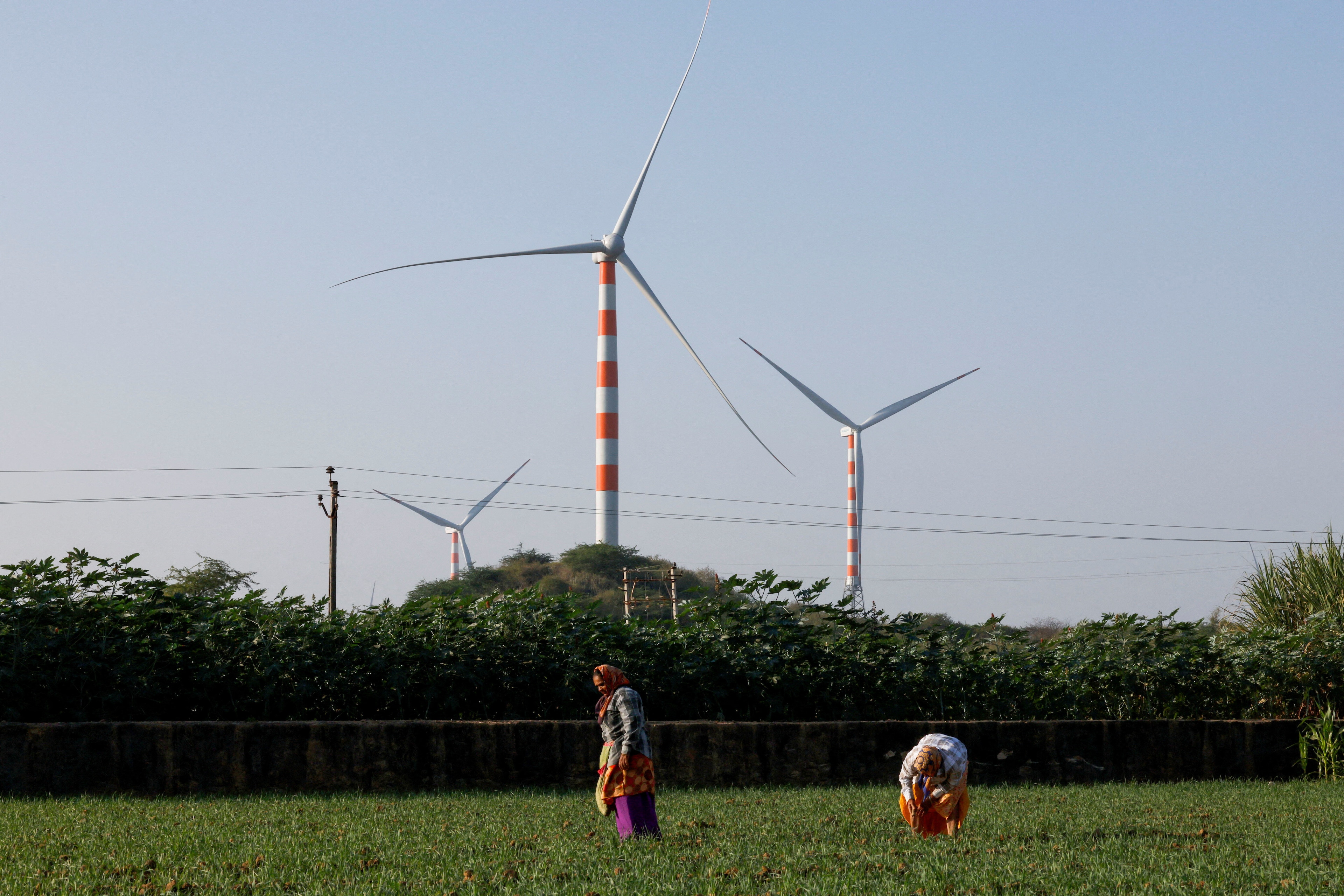The pandemic brought US emissions to their lowest level in three decades

Emissions reached the lowest level since 1990, when consistent record-keeping on US emissions began.
Image: Quartz
Stay up to date:
United States
- COVID-19 effectively shut down large parts of the world and countries' economies.
- The knock-on effects on US emissions were so high that total greenhouse gas levels reached the lowest point since 1990 when records began.
- The dip brings the US within striking distance of its commitment at the Paris climate summit to bring emissions 26-28% below 2005 levels by 2025.
The last time US greenhouse gas emissions were this low, George H.W. Bush was in the White House and Ghost and Pretty Woman were at the top of the box office.
The pandemic brought 2020 emissions 10.3% below 2019 levels, according to a new analysis from the Rhodium Group. That’s the lowest level since 1990, when consistent record-keeping on US emissions began, and a steeper drop than seen during the 2009 recession.
The dip brings the US within striking distance of its commitment at the Paris climate summit to bring emissions 26-28% below 2005 levels by 2025. (Though the US has formally left the agreement, president-elect Joe Biden has said he’ll make a return one of his first orders of business.) But a closer look shows that the gains are unlikely to stick once Covid-19 vaccines become widespread and the global economy recovers.
While emissions fell across most sectors (data for emissions from agriculture and land use change is not yet available, Rhodium said), the biggest drop by far was in transportation: Overall air and road passenger travel miles fell 15% below 2019. The steep drop-off in air travel was the biggest contributor, with jet fuel consumption falling 68% at the peak of lockdowns in April and May.
In other words, once travel resumes, these emissions will come right back.
The electric power sector, however, is a different story. There, the pandemic merely hastened pre-existing trends, chiefly the decline of coal and rise of natural gas and renewables. Those trends are likely to continue; solar and wind account for 70% of planned new power installations for 2021, according to the US Energy Information Administration.
That, plus economy-wide gains in energy efficiency, mean that the long-term trajectory of US emissions will likely continue downward even as the economy recovers.
Accept our marketing cookies to access this content.
These cookies are currently disabled in your browser.
Don't miss any update on this topic
Create a free account and access your personalized content collection with our latest publications and analyses.
License and Republishing
World Economic Forum articles may be republished in accordance with the Creative Commons Attribution-NonCommercial-NoDerivatives 4.0 International Public License, and in accordance with our Terms of Use.
The views expressed in this article are those of the author alone and not the World Economic Forum.
Forum Stories newsletter
Bringing you weekly curated insights and analysis on the global issues that matter.
More on Energy TransitionSee all
Charles Bourgault and Sarah Moin
August 19, 2025
Jürgen Karl Zattler and Adrian Severin Schmieg
August 18, 2025
Piyush Verma
August 18, 2025
Valentin Chomel and Jacques-Alexis Verrecchia
August 14, 2025
Gaurav Upadhyay and Labanya Prakash Jena
August 8, 2025
David Timis
August 8, 2025








